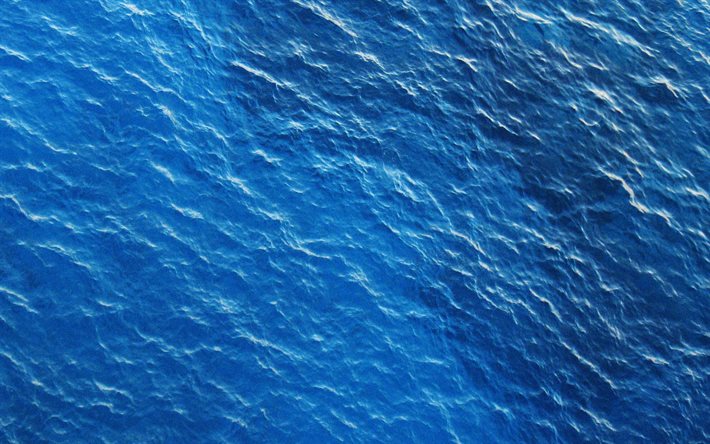

The prCorr function needs a few arguments to work. See Denny (1988) pg 61 and pgs 296-297 for a relatively simple explanation of the attenuation effect. The oceanwaves package provides a function prCorr that attempts to correct for this pressure signal attenuation and thus better recreate the actual water surface height fluctuations (a.k.a. As a result, the water surface elevation record from the bottom-mounted sensor will be an underestimate of what the actual height of the water column was, and this underestimate gets worse as the depth of the sensor increases or the wave period gets shorter. If your sea surface elevation data were produced by a pressure transducer data logger mounted near the sea floor, rather than a surface buoy, the dynamic pressure signal that the data logger records will be muted to some degree depending on the depth of the data logger and the wave period. This conversion function, swDepth, assumes a constant temperature and salinity for the water column. For our purposes, we will make use of a conversion function provided by the oce package, which is a dependency of the oceanwaves package and should already be installed. However, the slight differences in calculated sea surface elevation that might come from precisely knowing temperature and salinity throughout the water column when converting pressure to water column height probably aren’t enough to radically bias our estimates of the height of the waves passing over the site during the short window of time typically used to estimate wave statistics (15-30 minutes). Those values can vary through the water column and make for a very complicated calculation of the conversion from pressure to depth. There’s also potential effects of salinity (water with more salt in it will be more dense and produce a higher pressure signal also), and even local gravity. The conversion from pressure to water column height relies on a few factors, most notably the water column temperature, since the density of the water above the pressure transducer will affect the recorded pressure. With the pressure due to the seawater alone calculated, we then want to convert pressure values into estimates of sea surface elevation so that they represent the physical height of the wave crests and troughs passing over the pressure transducer. This would also be an opportunity to subtract off any offset in the pressure transducer dataset that might be due to other factors, such as drift in the transducer’s baseline value (i.e. if the transducer didn’t read exactly 1014 mbar at the sea surface when the known sea surface air pressure was 1014 mbar). Surfacepressure.mbar = wavedata $absPressure.mbar - 1014 This value is derived from the swPressure.mbar value, as shown below. swDepth.m - The estimated depth of the seawater column (i.e. sea surface elevation), units of meters.

The values in this column were created by subtracting the sea level air pressure (1014 mbar) from the absolute pressure in absPressure.mbar. swPressure.mbar - The pressure due to the height of the seawater column above the bottom-mounted pressure data logger, units of millibar.The sea level pressure due to the atmosphere was 1014 mbar during this deployment, as recorded by a local airport weather station. These values include the pressure due to the atmosphere above the sea surface. absPressure.mbar - The absolute pressure recorded by the bottom- mounted pressure data logger, in units of millibar.The time stamps include a fractional seconds value, since the original data were recorded at 4 Hz (4 samples per second). DateTime - A date and time stamp, in UTC time zone.


 0 kommentar(er)
0 kommentar(er)
